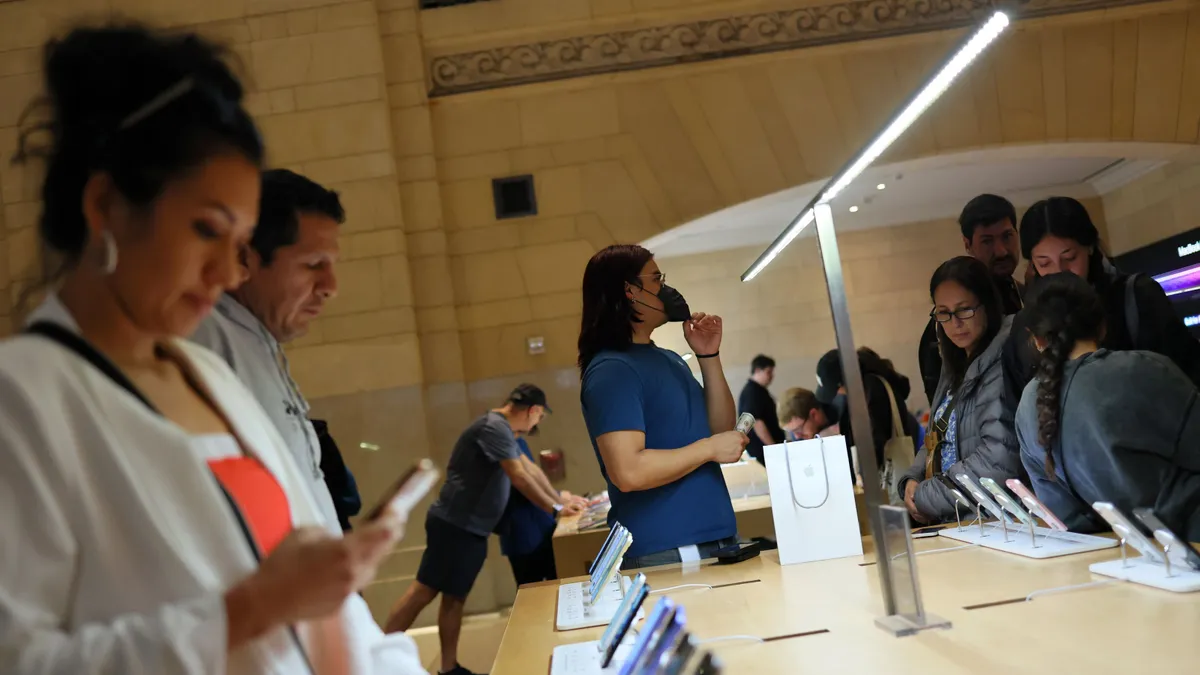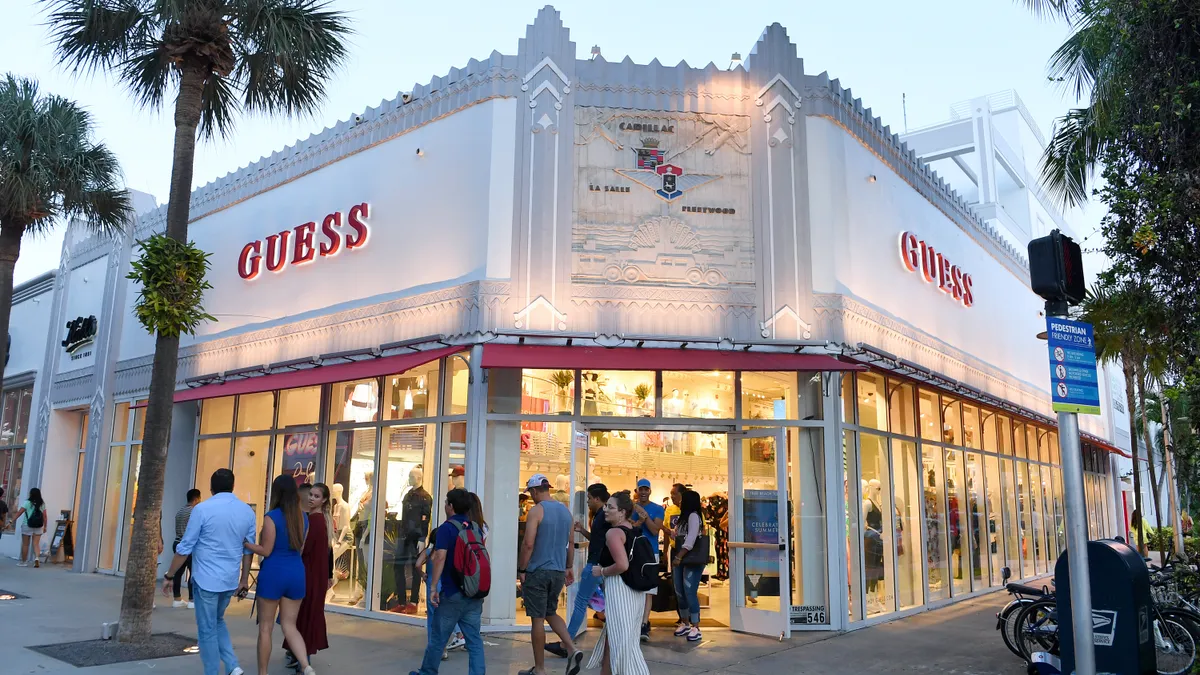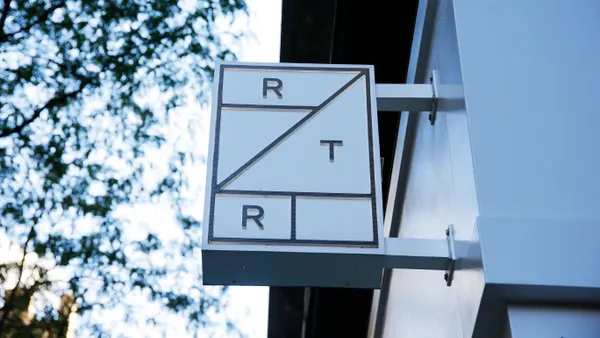Amid an ongoing trade war, major banks say U.S. consumers remain resilient.
JPMorgan Chase and Wells Fargo say consumer spending remains strong overall despite uncertainty, according to executives on first quarter 2025 earnings calls Friday.
“Through the first quarter, our internal indicators continue to point towards the strength of our customers' financial position,” Wells Fargo CEO and President Charlie Scharf said.
Forecasts like the University of Michigan’s consumer sentiment measure plunged this month, as consumers worried inflation would surge. But Jeremy Barnum, CFO of JPMorgan Chase, said spending data tells a different story about the health of the U.S. consumer.
“To be honest, the main thing that we see there is what would appear to be a certain amount of front-loading of spending ahead of people expecting price increases from tariffs,” Barnum said. “So, ironically, that's actually somewhat supportive all else equal.”
A CNET survey from March found that 2 in 5 U.S. consumers felt pressure to make big purchases before price increases. But the same rate looked to cut back some nonessential spending, including travel and dining.
While Chase saw a dip in credit card spending with airlines, the bank also saw spending on items that might become more expensive as a result of tariffs.
“You see people behaving rationally, and I have noted, you hear anecdotes and I've seen evidence of companies specifically advertising, ‘We have pre-tariff inventory,’ and so on and so forth,” Barnum said. “So, it's not that surprising that you're seeing that a little bit in the spending data.”
By some measures spending may have dipped for the first time since the pandemic — albeit only by a little. The Conference Board reported that in the first quarter, inflation-adjusted consumption likely declined at a quarter-over-quarter annual rate of 0.2%.
Resilience is also stratified. Lower-income consumers are in a less advantageous position to weather an economic downturn.
“Consumers have remained resilient and debit and credit card spending patterns have remained stable,” Scharf said. “More affluent customers continue to show strength, while less affluent customers show more stress.”
Chase was more optimistic, despite acknowledging that its lower-income segment has smaller cash buffers and checking account balances.
“But when you take a step back and you ask, are we seeing signs of distress in the lower-income segment? The answer is no,” Barnum said. “Sure, the margin cash buffers are lower, and you see some rotation of spend, and spending is a little bit weaker than it was in the peak spending moments, but actually, some of the increases in spending that we're seeing in April are actually coming from the lower-income segment. So, no evidence of distress, I would say.”
Many consumers — and businesses — are in wait-and-see mode.
“But everyone is trying to assess the situation in terms of will there be resolution to some of these things, what does it mean for their business, and that's not completely clear,” Scharf said. “I think there is still a hope that the positives of regulation, positives of tax reform, the long-term positives of changes in trade can put us in a position to feel better about the future and a growing economy, but people are cautious."
"So, I just kind of put it in the wait-and-see category," he said. "Cautious in the shorter-term, but probably still bullish for the longer-term.”













